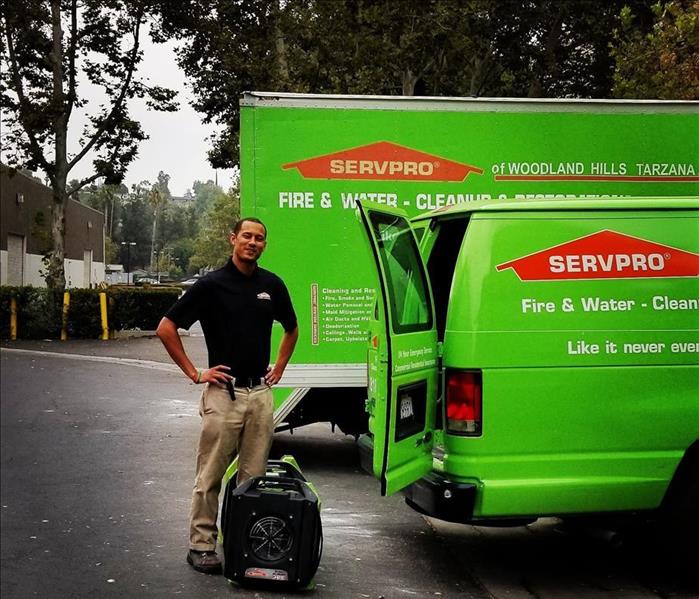Repair or Replace? How to Assess Water-Damaged Items
2/22/2024 (Permalink)
 Restoration experts, such as our SERVPRO® team, can provide valuable insights and guidance on the best course of action.
Restoration experts, such as our SERVPRO® team, can provide valuable insights and guidance on the best course of action.
Water damage can wreak havoc on belongings, leaving homeowners faced with the dilemma of whether to repair or replace affected items. As seasoned professionals in the restoration industry, we often encounter numerous scenarios involving water-damaged items and understand the considerations in deciding between repair and replacement. Let's explore what can be salvaged after water damage and when it's best to opt for replacement.
1. Quick Assessment
Upon encountering water-damaged items, it's essential to conduct a quick assessment of the damage. Items vary in material, resilience, and susceptibility to water. Evaluate the extent of the damage, considering factors like the item's material, sentimental value, and the severity of water exposure.
2. Factors Influencing Salvageability
Some materials, like solid wood or certain metals, can withstand water damage better than others. Porous materials such as fabric, upholstery, or particleboard may be more challenging to salvage. The duration and level of exposure to water also play a crucial role. Items submerged in water for an extended period are more likely to suffer irreparable damage. Clean water from a pipe leak might pose fewer risks compared to contaminated water from floods or sewage backups. Contaminated water most often renders items unsalvageable due to potential health hazards.
3. Salvaging Strategies
- Professional Restoration Services: Consider consulting restoration professionals, such as SERVPRO of Woodland Hills, for items of high value or sentimental significance. Our team has the expertise and highly advanced equipment to repair water-damaged items effectively.
- Thorough Drying and Cleaning: For less severe damage, thorough drying and cleaning might salvage certain items. Use fans, dehumidifiers, and gentle cleaning solutions to remove moisture and dirt.
- DIY Repair: Some items, like wooden furniture or non-electrical appliances, might be salvageable through DIY efforts. Quick action and proper drying techniques are crucial.
4. When Replacement is the Best Option
- Severe Damage: Items extensively damaged or warped beyond repair, such as swollen particleboard furniture or irreparably warped electronics, might warrant replacement.
- Risks Involved: Items exposed to contaminated water or those prone to mold growth may pose a variety of risks, making replacement a safer choice.
- Cost Consideration: Sometimes, the cost of restoration exceeds the item's value or replacement cost. In such cases, opting for replacement might be cheaper and more practical.
5. Professional Opinion
When uncertain about the salvageability of valuable or irreplaceable items, seek professional opinions. Restoration experts, such as our SERVPRO® team, can provide valuable insights and guidance on the best course of action.
In conclusion, the decision to repair or replace water-damaged items depends on several factors. A quick assessment, considering material type, the extent of damage, and potential risks involved is highly important. While some items can be salvaged through professional restoration or DIY efforts, others may require replacement for safety, cost, or irreparable damage. Prioritize safety, especially when dealing with potentially contaminated items, and seek expert advice when in doubt about salvaging water-damaged belongings.


 24/7 Emergency Service
24/7 Emergency Service